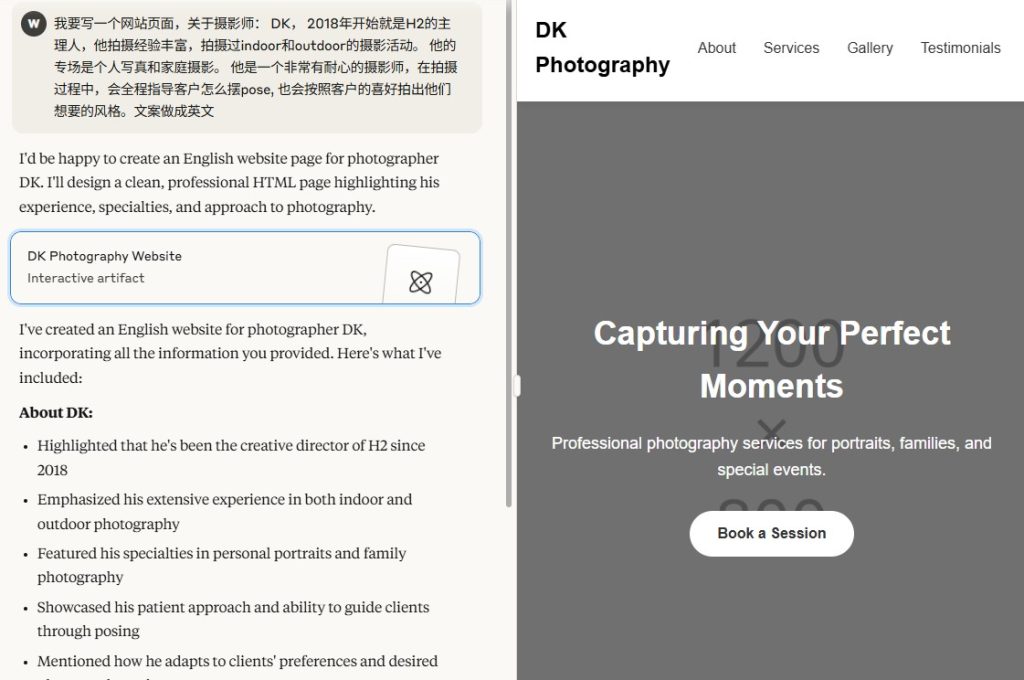In the ever-evolving realm of digital marketing, where the battle for online visibility and success is fierce, mastering the art of Search Engine Optimization (SEO) is paramount. As search engine algorithms continue to evolve and become more sophisticated, content creators and website owners find themselves navigating an intricate landscape where staying ahead of the curve is not just beneficial but necessary for maintaining or improving search rankings. Amid the myriad of SEO strategies and techniques, one often underestimated yet potent weapon in the SEO arsenal is the strategic utilization of H1 tags.
Understanding the Significance of H1 Tags
Heading 1 (H1) tags form a foundational element of HTML structure, serving the purpose of defining the main heading or title of a webpage. From an SEO perspective, these tags play a pivotal role in communicating the relevance and structure of content to search engines. When thoughtfully optimized, H1 tags have the potential to wield considerable influence over a webpage’s ranking and user experience.
Key Benefits of Optimizing H1 Tags
1. SEO Ranking Boost:
Search engines prioritize well-structured and easily understandable content. Strategically placing essential keywords within H1 tags serves as a powerful signal to search engines, indicating the primary focus of the page. This not only positively impacts search rankings but also establishes the content’s relevance and authority within the digital landscape.
2. Improved User Experience:
Beyond their role in SEO, H1 tags significantly contribute to enhancing the overall user experience. Clear and concise headings act as navigational signposts for visitors, aiding them in comprehending the content hierarchy effortlessly. This seamless navigation not only reduces bounce rates but also fosters heightened user engagement, as visitors find it easier to locate and consume relevant information.
3. Keyword Relevance:
The strategic incorporation of pertinent keywords within H1 tags goes beyond signalling to search engines; it aligns the content with the queries of the users. By choosing keywords thoughtfully for your business and embedding them within the H1 tag, content creators ensure that the page not only ranks well but also resonates with the audience’s language and search intent. This alignment enhances the overall user experience and content relevance. For instance, if you operate a pest control company in Singapore and aim to optimize for pest control SEO, it is crucial to feature relevant keywords in the H1 tag on your landing page.
4. Accessibility:
In the contemporary landscape of web design, prioritizing accessibility is non-negotiable. Appropriately structured H1 tags serve as a valuable tool for accessibility, especially for users relying on screen readers and other assistive technologies. Ensuring that H1 tags provide clear context enhances the inclusivity of your content, making it accessible to individuals with visual impairments and contributing to a more diverse and engaged audience.
5. Enhanced Brand Credibility:
Consistent and well-optimized use of H1 tags contributes to a cohesive and professional appearance of your content. This consistency not only aids search engines in understanding your content but also enhances your brand’s credibility. Users are more likely to trust and engage with content that is clearly organized, easy to navigate, and aligned with their search intent.
6. Facilitates Content Scanning:
Internet users often engage in content scanning before committing to a thorough read. H1 tags, when appropriately utilized, serve as anchor points for users scanning through a webpage. This allows them to quickly assess whether the content aligns with their interests, leading to improved user satisfaction and a higher likelihood of continued engagement.
7. Establishes Information Hierarchy:
H1 tags play a pivotal role in establishing the information hierarchy of a webpage. When utilized to encapsulate the main topic or theme, they provide a clear roadmap for both search engines and users, guiding them through the content structure. This hierarchical clarity not only aids in SEO but also ensures a more organized and user-friendly presentation of information.
Incorporating these additional benefits into your understanding of H1 tags emphasizes their multifaceted role in optimizing both search engine visibility and user experience. By recognizing the broader implications of H1 tag optimization, content creators can leverage this simple yet powerful HTML element to its fullest potential for their WordPress SEO as well as other platforms, contributing to a more robust and effective digital presence.
Best Practices for Optimizing H1 Tags
1. Use a Single H1 Tag:
While HTML5 allows for the use of multiple H1 tags on a single page, it is prudent to adhere to the practice of employing only one. This singular H1 tag should act as the pinnacle, encapsulating the primary topic or theme of the page. By doing so, you provide a clear and unambiguous signal to search engines about the central focus of your content, facilitating more accurate indexing and improved user understanding.
2. Include Target Keywords:
Elevate the SEO potential of your H1 tag by strategically incorporating target keywords. This deliberate selection of relevant keywords within the H1 tag not only aids search engines in deciphering the primary content focus but also heightens the likelihood of ranking for those specific keywords. It’s a nuanced art of seamlessly integrating optimization with user intent, forming a harmonious bridge between search algorithms and user queries.
3. Keep it Concise:
H1 tags should strike a balance between conciseness and descriptiveness. Aim to convey the essence of your content in a brief yet engaging manner. Avoid the temptation of keyword stuffing, which can dilute the impact and readability of your headline. A concise H1 tag not only captures attention but also ensures that users swiftly grasp the core theme of your content, contributing to a positive user experience.
4. Maintain Consistency:
Consistency is key when it comes to H1 tags. Ensure that the content encapsulated in the H1 tag aligns seamlessly with the overall theme and focus of the page. Misleading or irrelevant H1 tags not only hinder SEO efforts but also lead to a suboptimal user experience. Consistent messaging reinforces the credibility of your content, establishing trust with both users and search engines.
5. Optimize for Mobile:
In the era of mobile dominance, optimizing H1 tags for mobile users is not just a best practice; it’s a necessity. Ensure that your H1 tags are not only responsive but also deliver a seamless experience across a variety of devices. A mobile-optimized H1 tag contributes to a user-friendly interface, enhancing the accessibility and readability of your content on smartphones and tablets. This, in turn, positively influences both your website’s user engagement and mobile SEO.
6. Strategic Placement within the Content:
Consider the strategic placement of your H1 tag within the content. Positioning it near the beginning of your webpage reinforces its significance to search engines and users alike. This placement ensures that the primary topic is immediately communicated, setting the stage for the rest of the content.
7. A/B Testing for Effectiveness:
Harness the power of A/B testing to gauge the effectiveness of different H1 tag variations. Experiment with language, keywords, and formatting to identify the most impactful configuration for your target audience. This iterative approach allows you to refine and optimize your H1 tags based on real-world user responses, continually improving their efficacy.
Conclusion
In the competitive world of online content, every small optimization can make a significant difference. Harnessing the power of H1 tags is a simple yet effective strategy for improving SEO and user experience. By following best practices and incorporating relevant keywords, you can create a strong foundation for your website’s success in the digital landscape.
As the intricacies of SEO continue to evolve, many businesses find it beneficial to enlist the expertise of a digital marketing company. These professionals specialize in staying abreast of the latest trends and algorithms, including the nuanced art of optimizing H1 tags. By leveraging the knowledge and experience of a digital marketing team, you can ensure that your H1 tags are not just compliant with best practices but are also part of a comprehensive SEO strategy tailored to your specific industry and target audience. This strategic approach can maximize the impact of your H1 tags, ultimately contributing to enhanced search rankings and increased online visibility.
Remember, in the dynamic world of digital marketing, collaboration with experts can be the key to unlocking the full potential of your online presence. As you strive for SEO success, consider the valuable insights and support that a digital marketing company can provide in optimizing elements like H1 tags, setting you on the path to sustained growth and visibility in the digital realm.








